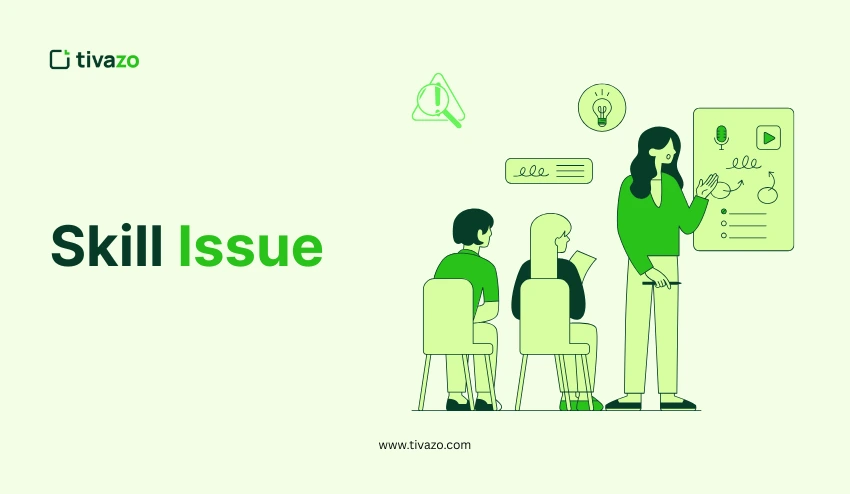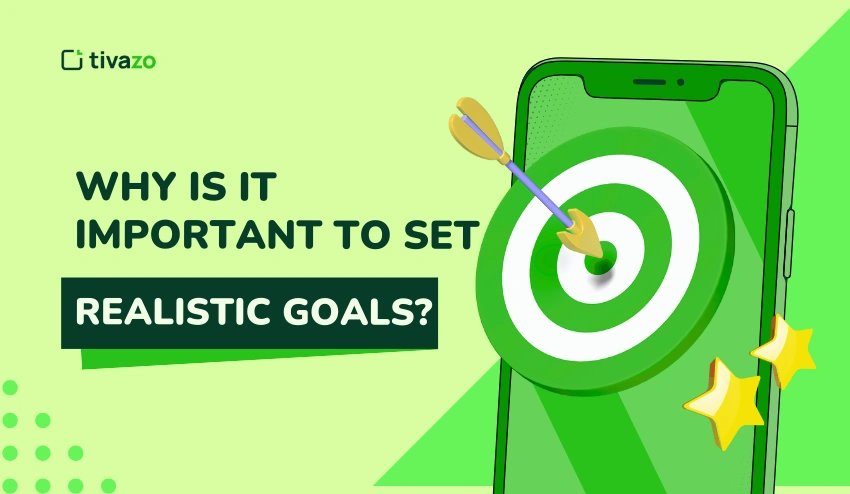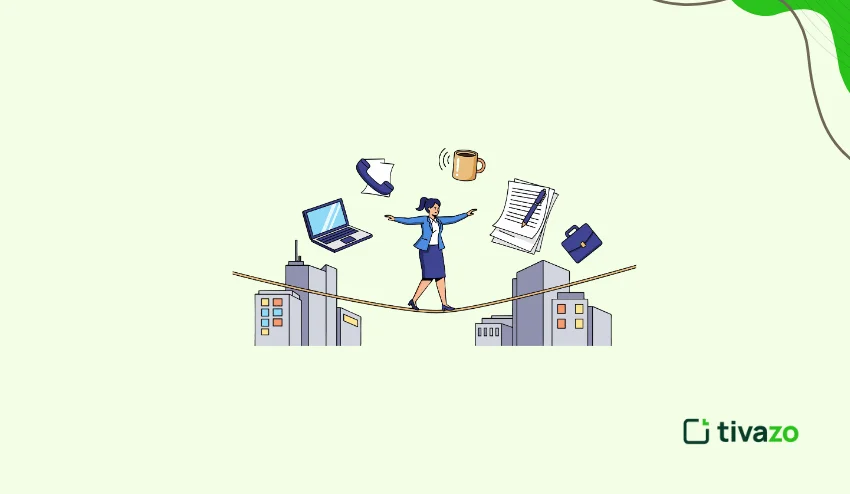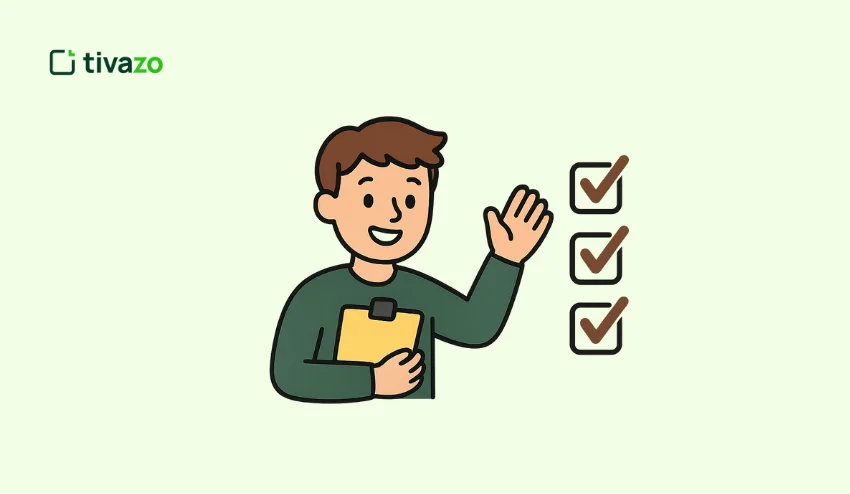Ever felt stuck at work or in a project and wondered why things just aren’t clicking? Probably, you are dealing with a skill issues. It is more typical than you imagine, and it is not necessarily a matter of technical knowledge, but it may be the soft skills, flexibility, or even time management.
A skill issue happens when there exists a difference between the skills that you possess and the ones that you need to be successful. This may affect your performance, confidence, and career development. The upside? The initial step to improvement is to identify a skill gap. In this guide, we will find out what a skill issue is, what causes it, and effective ways to get around it. Upskilling, reskilling, and developing the necessary workplace skills are all areas where you will learn how to turn these issues into growth opportunities. In the end, you will be well-equipped on how to improve rapidly and remain on top of the fast-changing world. Let’s dive in.
What are a Skill Issues?
A skill problem is a difference between the skills you have and the skills you need to do a job, job task, or personal activity successfully. It is not only about the lack of technical knowledge; it can be about soft skills, transferable skills, or workplace competencies, such as time management, communication, and problem-solving.
In recent reports, it has been found that a majority of professionals experience skill gaps at one time or another, which may impact their work performance, confidence, and overall career development. It is important to identifying a skill gap as soon as possible, as it will enable you to take proactive measures and upskill, reskill, or find a mentor to do so.
Briefly, a skill issues is not really a problem of failure but rather an area in which there is a need to grow. This is the concept that should be understood first of all in order to transform weaknesses into strengths and resolve performance problems in any setting.
Recognizing the Impact of Skill Issues
Personal and professional development can only be understood by knowing the impact of a skill issues. Without being addressed, skill gaps may interfere with your performance, confidence, and career arc. By identifying the effect early, you will be able to make corrections to enhance and avoid failures.
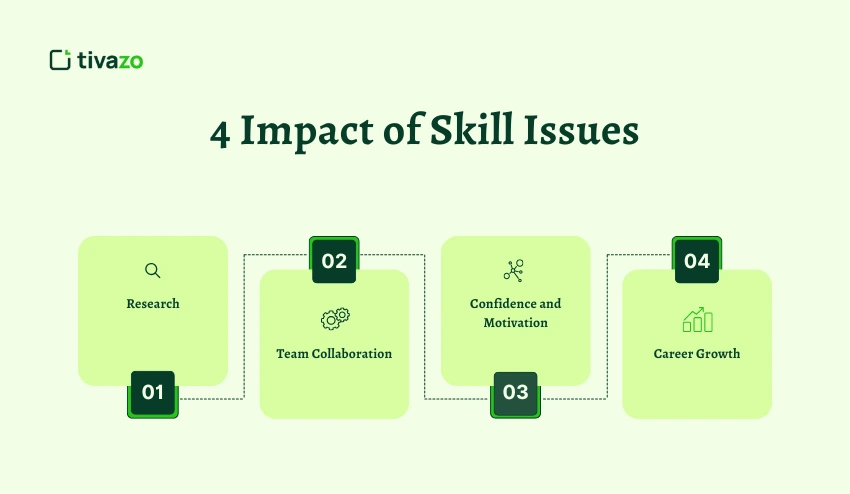
1. Career Growth
A skill problem may hamper your career progress. Skill gaps may result in the employees being overlooked during promotions or new opportunities due to a lack of competencies. You can be competitive by filling these gaps with targeted upskilling.
2. Job Performance
The lack of skills has a direct impact on your everyday job. The skill issues can lead to decreased productivity, errors, or failure to meet deadlines. This is because by identifying the problem, you would be able to adopt strategies that would help you to reinforce your weak areas and become more efficient.
3. Confidence and Motivation
Struggling with a skill issues can reduce self-esteem and motivation. Feeling underprepared for tasks may lead to stress or frustration. Focused learning and mentorship can rebuild confidence and enhance your professional presence.
4. Team Collaboration
Your skill issues not only impacts you, but also on team dynamics. Communication breakdowns, technology skills, or troubleshooting may delay the group projects. By realizing these problems, it is possible to establish improved teamwork and performance.
The realization of the effects of a skill issues is the initial phase of an effective change. After knowing how it can impact your career, performance, and relationships in the workplace, you are in a position to adopt measures to fill the gap and succeed in your profession.
Adopting Plain Language Communication across briefs, handoffs, and status updates reduces misunderstandings and keeps projects moving
Strategies to Overcome Skill Issues
The solution to a skill issue involves an organized way of doing it and practice. Your personal and professional development will be boosted, and the gap between your skills and knowledge will be filled following the recommendations of the strategies that have already been proven.
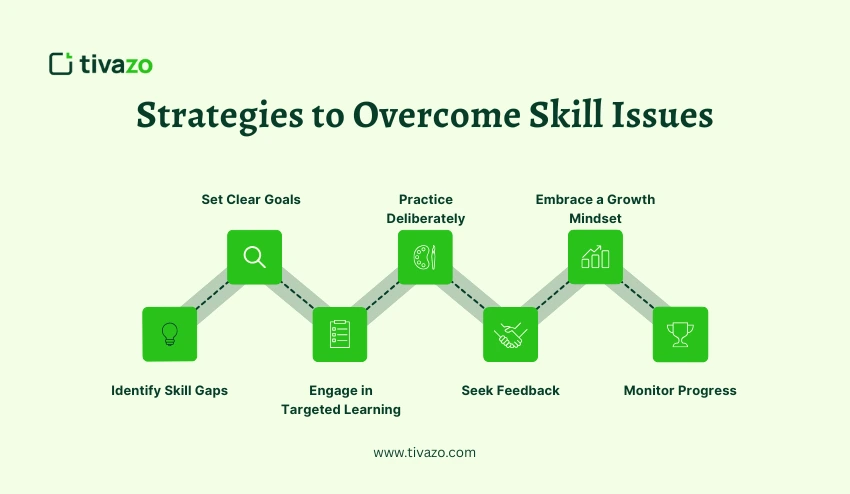
1. Identify Skill Gaps
Learning what your gaps are is the first step in addressing skill issues. Evaluate the skills you have and compare them to the ones you need to perform your job or activity of choice.
Employ the means of self-evaluation questionnaires, peer feedback, and performance review to identify the areas that require improvement. These lessons are a clear guideline for your growth.
The particular skill gaps that you have identified will make your efforts concentrated and not rare. This is a step that preconditions the effective solution to any skill problem and the promotion of your career.
2. Set Clear Goals
After determining a skill issues, it is necessary to establish a clear set of achievable goals. Follow the SMART framework: specific, measurable, achievable, relevant, and time-bound to progress.
As an example, when it is difficult to speak in front of people, one should strive to give 10-minute presentations to a small audience within a month. Clear objectives hold you to account and motivate.
Goal-setting gives a disorganized skill issues a plan of action. Monitoring the progress as you go will also build confidence and guarantee you gradual improvement.
3. Engage in Targeted Learning
Effective addressing of a skill issue involves intensive learning. Select the resources that will address your gaps directly, e.g., online courses offered by websites like Coursera, Udemy, or LinkedIn Learning.
Books, articles, workshops, and seminars all teach you the same thing, but in different ways and in different quantities. A combination of various learning techniques will make the approach comprehensive.
Focused learning will enable defeating a skill challenge to be more effective and productive. When you train in some particular skill, you jumpstart growth and become more competent in general.
4. Practice Deliberately
Practice and concentration are very important to learn new skills. Skill issues cannot be solved by passive learning; there is a need to use deliberate practice.
Studies indicate that systematic training, which is done to enhance performance, is much more effective than unprogrammed drills. Build up complex skills into simple steps and exercise them regularly.
Deliberate practice is the key to internalizing skills, where weaknesses due to skill issues become strengths. In the long run, this will be a gradual and measurable improvement.
5. Seek Feedback and Mentorship
Mentorship and feedback are priceless in solving a problem of a skill. Frequent feedback identifies the areas that should be improved and affirms the progress that has been achieved.
Mentors guide, offer experience, and strategies that can be used to overcome challenges in a better way. Their experiences will guide you to prevent the most frequent mistakes and speed up the learning of skills.
The integration of the feedback with mentorship is an effective way to ensure that a skill issue is handled effectively and knowledgeably. Discovering how the experienced professionals do it builds competence and confidence.
6. Embrace a Growth Mindset
The correct attitude will help to address a skill issue. The belief that an obstacle is a growth opportunity helps to promote perseverance and a strong will.
The conviction that skills can be acquired by working diligently and hard creates the attitude of learning. Such an attitude eliminates fear of failure and enhances the desire to do better.
Changing to a growth mindset turns the problem of a skill into an opportunity to become a better person and professional. It gives you the strength to attack problems.
7. Monitor Progress and Adjust
When it comes to a skill issue, it is vital to monitor your progress regularly. Analyze the effectiveness of what is going on and what is not to streamline your strategies to be most effective.
Do not stick to some methods when they fail to deliver. Constant assessment leads to constant progress and does not allow stagnation.
Progress monitoring enables the continuation of the process and the resolution of a skill issue in an efficient manner. Making changes when necessary will help to ensure that you are on track to long-term success.
When you use these strategies regularly, you can eliminate any skill issues and develop useful skills in the future. It is possible to transform weaknesses into strengths with the help of the correct approach, commitment, and attitude.
The Role of Technology in Skill Development
Technology is central to the solution of the skill issue and the faster development of the person and the profession. The modern working world is very dynamic, and no longer can one use traditional learning methods to get ahead. Such tools as online courses, apps, and AI-powered platforms have changed how people acquire knowledge and skills.
As an example, Coursera, Udemy, and LinkedIn Learning are platforms providing courses that directly cover the lack of skills, thereby assisting a person in overcoming a skill issue as efficiently as possible. Learning tools based on AI can also be used to recommend and give real-time feedback to the learner, who can then concentrate on learning areas they need to improve.
Besides, technology enables microlearning, virtual workshops, and simulations that allow practicing new skills to be more interactive and effective. Research has shown that employees who learn with technology-enabled learning tools are 60 percent more likely to fill skills gaps at a quicker rate and enhance performance.
Basically, the use of technology is not an option anymore in resolving a skill issue; it is a must for anybody who wants to stay in the competition and keep enhancing themselves in this digitalized world.
How Tivazo Can Help You Overcome Skill Issues and Boost Your Performance?
The skill issue may delay the career, decrease productivity, and damage confidence. Tivazo assists in finding these gaps in a short period of time, providing a clear understanding of your strengths and weaknesses.
Tivazo allows the development of specific skills through personal learning programs, interactive tools, and monitoring of progress. The users receive feedback and data-based suggestions to improve efficiency.
Tracking the progress and changing the strategies, Tivazo makes the skill issue an advantage, and professionals are able to improve their performance and remain ahead of the competition.
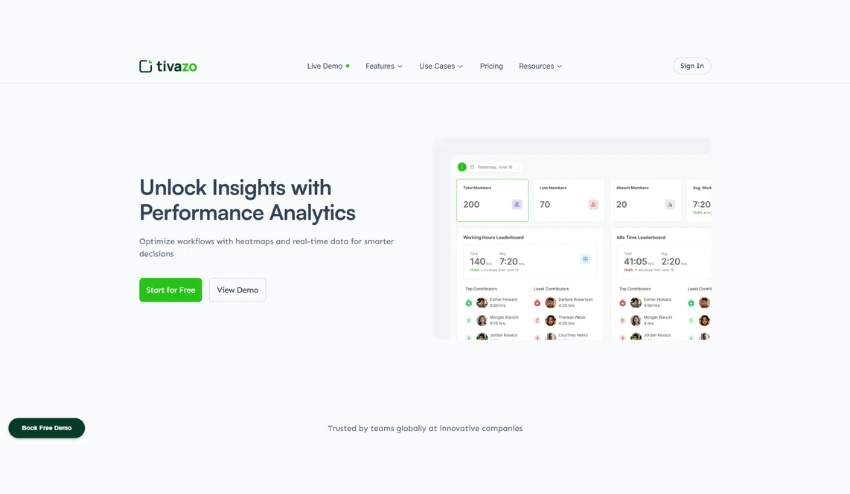
The Future of Skill Development
Technology and lifelong learning are at the center of the future of skill development, which is fast transforming. Solving a skill issue will not be based solely on traditional ways, but will be based on the use of AI-powered tools, personalized learning, and interactive experiences. Technical skills as well as soft skills will be vital to remaining competitive and adjusting to the changing workplaces.
Key Trends:
- AI Learning Tools: Recommend courses to fix specific skill issues efficiently.
- Microlearning: Short sessions to improve skills without disrupting work.
- VR/AR Training: Interactive experiences for faster skill mastery.
- Soft Skills Focus: Critical thinking, communication, and adaptability prioritized.
- Lifelong Learning: Continuous skill updates to prevent skill issues.
- Collaborative Platforms: Peer learning and mentorship for practical insights.
By embracing these trends, overcoming a skill issue becomes easier, keeping professionals and organizations ahead of the curve
Conclusion
To go beyond a skill issue is not only seeking to eliminate a weakness; it is a chance to grow and develop. You can turn your obstacles into stepping stones to success by identifying gaps, goal setting, and taking action on your learning. Bear in mind that the path of skill building is never-ending, and every step you take in this direction will take you one step closer to your dreams.
Do you want to make the first step to solve your skill issue?
